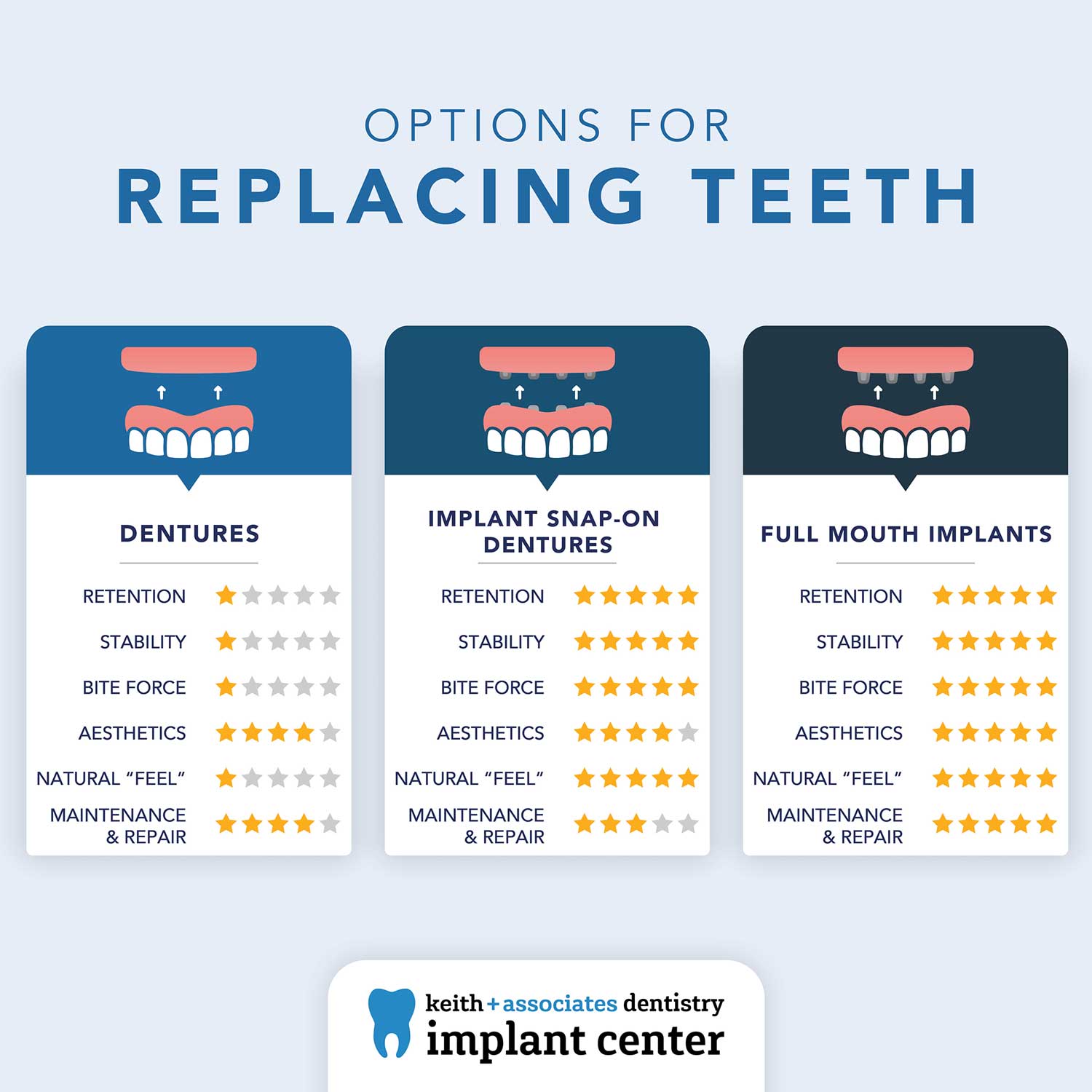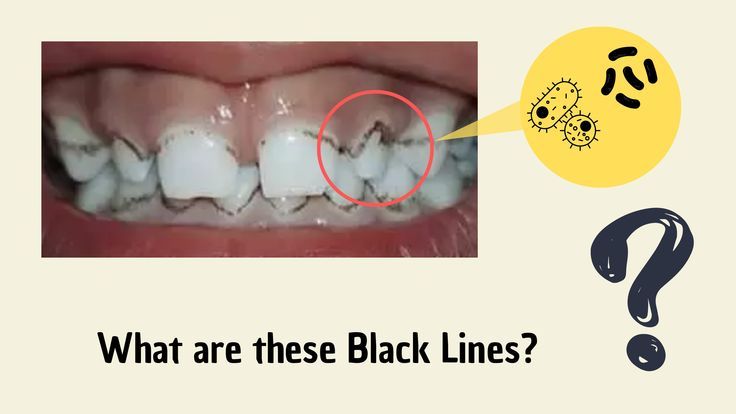How To Fix Shaved Down Teeth? Restoration Options

Shaved down teeth, also known as worn down or ground down teeth, can be a source of discomfort, embarrassment, and oral health issues. This condition can result from various factors, including teeth grinding (bruxism), acid erosion, or excessive wear due to age or dental work. Fortunately, modern dentistry offers several restoration options to fix shaved down teeth, restoring both their functionality and aesthetic appeal.
Understanding the Causes of Shaved Down Teeth
Before delving into the restoration options, it’s essential to understand the underlying causes of shaved down teeth. Teeth grinding, often triggered by stress or anxiety, can lead to the gradual wear down of tooth enamel. Acid erosion, caused by the frequent consumption of acidic foods and beverages, can also weaken tooth structure. Other factors, such as gum recession, misaligned teeth, or inadequate dental care, can contribute to tooth wear.
Restoration Options for Shaved Down Teeth
Dental professionals employ various techniques to restore shaved down teeth, depending on the severity of the condition and the individual’s oral health needs. Some of the most common restoration options include:
1. Dental Bonding
Dental bonding involves the application of a tooth-colored resin to the affected tooth, restoring its shape and appearance. This procedure is suitable for minor cases of tooth wear and can be completed in a single visit. However, bonding may not be as durable as other restoration options and may require touch-ups over time.
2. Dental Crowns
A dental crown, also known as a cap, covers the entire tooth, providing protection and restoring its natural appearance. Crowns can be made from various materials, including porcelain, ceramic, or composite resin, and are suitable for more severe cases of tooth wear. The crowning process typically requires two visits, as the tooth needs to be prepared and an impression taken before the crown is fabricated.
3. Veneers
Veneers are thin, custom-made shells bonded to the front of the tooth, masking imperfections and restoring the tooth’s natural appearance. They are an excellent option for addressing minor to moderate tooth wear, particularly when the teeth are otherwise healthy. Veneers can be made from porcelain or composite resin and are known for their durability and aesthetic appeal.
4. Dental Implants
In cases where tooth wear is severe or the tooth is beyond restoration, dental implants may be the most suitable option. A dental implant consists of a titanium post surgically inserted into the jawbone, topped with a crown or bridge. This solution not only restores the tooth’s functionality but also provides a natural-looking replacement.
5. Full-Mouth Reconstruction
For individuals with extensive tooth wear or multiple dental issues, full-mouth reconstruction may be necessary. This comprehensive approach involves a combination of restoration procedures, including crowns, bridges, implants, and orthodontic treatment, to restore the entire mouth to optimal health and function.
The Importance of Early Intervention
While these restoration options can effectively address shaved down teeth, early intervention is crucial to prevent further complications. If left untreated, tooth wear can lead to increased sensitivity, pain, and even tooth loss. Regular dental check-ups and preventative care can help identify potential issues before they become severe, allowing for less invasive and more cost-effective treatment.
It's essential to note that prevention is key when it comes to protecting your teeth from wear and tear. Maintaining good oral hygiene, avoiding harsh foods and drinks, and addressing teeth grinding or clenching habits can significantly reduce the risk of tooth wear.
Choosing the Right Restoration Option
With multiple restoration options available, selecting the most suitable one can be overwhelming. It’s crucial to consult with a qualified dental professional who can assess the extent of tooth wear and recommend the best course of treatment. Factors such as the severity of tooth wear, overall oral health, budget, and personal preferences will influence the decision-making process.
Pros and Cons of Restoration Options
| Restoration Option | Pros | Cons |
|---|---|---|
| Dental Bonding | Quick, affordable, and minimally invasive | May not be as durable as other options; requires touch-ups |
| Dental Crowns | Durable, long-lasting, and natural-looking | More expensive than bonding; requires multiple visits |
| Veneers | Aesthetic appeal, durable, and minimally invasive | More expensive than bonding; may not address severe tooth wear |
| Dental Implants | Long-lasting, natural-looking, and functional | Most expensive option; requires surgical procedure |

Conclusion
Shaved down teeth can be a significant concern, affecting both oral health and self-confidence. Fortunately, modern dentistry offers a range of restoration options to address this issue, from dental bonding and crowns to veneers and dental implants. By understanding the causes of tooth wear and consulting with a qualified dental professional, individuals can choose the most suitable restoration option and regain a healthy, beautiful smile.
What are the most common causes of shaved down teeth?
+The most common causes of shaved down teeth include teeth grinding (bruxism), acid erosion, and excessive wear due to age or dental work.
How do I prevent tooth wear?
+To prevent tooth wear, maintain good oral hygiene, avoid harsh foods and drinks, and address teeth grinding or clenching habits. Regular dental check-ups and preventative care can also help identify potential issues before they become severe.
What is the most durable restoration option for shaved down teeth?
+Dental crowns and implants are considered the most durable restoration options for shaved down teeth, offering long-lasting results and natural-looking appearances.
Can shaved down teeth be restored without surgery?
+Yes, minor to moderate cases of tooth wear can be restored without surgery using dental bonding, crowns, or veneers. However, more severe cases may require dental implants, which involve a surgical procedure.
How much do restoration options for shaved down teeth cost?
+The cost of restoration options for shaved down teeth varies depending on the severity of the condition, the chosen restoration option, and the location. On average, dental bonding can cost between 300-1,000 per tooth, while crowns and veneers can range from 500-2,000 per tooth. Dental implants can cost between 1,000-5,000 per tooth, including the surgical procedure.

